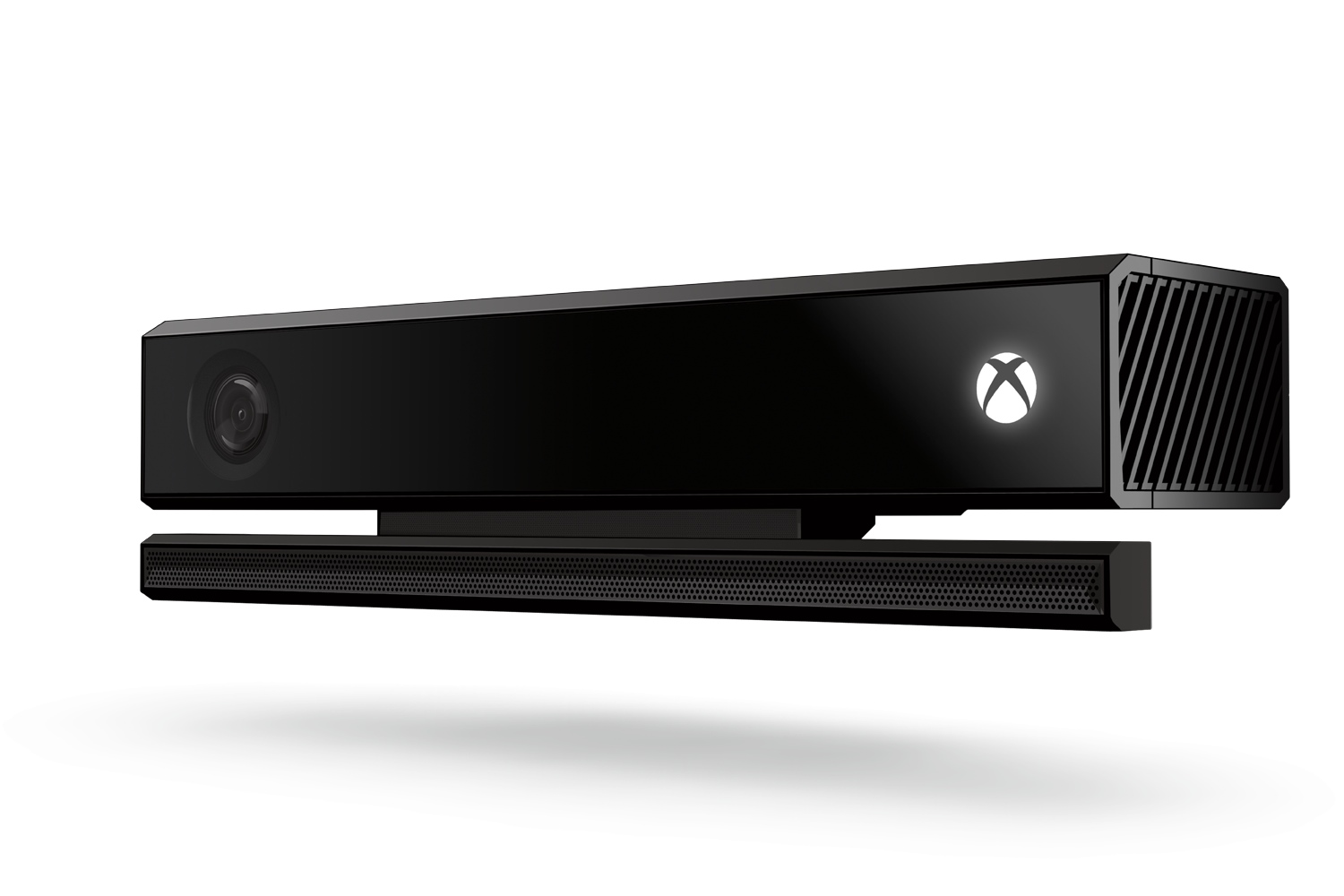
When Microsoft launched its Xbox One games console in November 2013, it cost $500: $100 more than Sony’s PlayStation 4, and $150 to $200 more than Nintendo’s Wii U.
That steep price tag arguably cost Microsoft launch sales as well as momentum heading into 2014. Sony now claims over 10 million PlayStation 4 units sold worldwide, a record for any games console in a similar period, whereas at last check (in April, the last time we saw a formal number), Microsoft said its Xbox One had shipped to stores (distinct from sold to consumers) some 5 million units.
Surely because of that lack of momentum, Microsoft dropped the Xbox One’s price from $500 to $400 in early June, but at the expense of removing its Kinect motion-control sensor from the system.
Since June, you’ve been able to buy the Xbox One without Kinect, but if you wanted to buy the Kinect sensor separately, you couldn’t because here wasn’t a standalone Kinect SKU.
Microsoft never intended to sell Kinect as a standalone SKU, because Kinect was supposed to inextricable from the Xbox One experience. It’s removal was the boldest sea change in a series of philosophical reversals the company’s made since the system debuted.
The standalone Xbox One Kinect SKU finally has a price tag and a launch date: Microsoft announced it’ll cost $149, and you can buy it on October 7. That $149 includes a copy of Dance Central Spotlight, an upcoming music video game in the Dance Central series due out on September 2.
Yes, the math seems wonky at first blush. I suspect most assume that if the Xbox One was $500 with Kinect and $400 without, Kinect by itself ought to be $100. But there’s packaging to consider, plus intangibles like the development value of being able to depend on Kinect’s presence in a given home. And of course there’s Microsoft’s right to jack up the price any way it likes. This is a company that, for years, managed to sell a proprietary Wi-Fi USB dongle for the Xbox 360 at two to three times the asking price for similar PC parts, after all.
Microsoft says, “Kinect remains an important part of the Xbox One experience.” Never mind that claim: how important is going to come down to evidence in the coming years. Either the company’s going to release groundbreaking games and media center features or it won’t. If it doesn’t, Kinect becomes like any other secondary peripheral in the annals of console-dom: somewhat interesting, occasionally amusing, and utterly niche.
Note that Microsoft currently sells a Windows version of Kinect as well, a part that launched in July for $200 without a pack-in game. So at least from a PC gamer’s standpoint, you could argue console gamers are getting a pretty good deal.
More Must-Reads From TIME
- The 100 Most Influential People of 2024
- The Revolution of Yulia Navalnaya
- 6 Compliments That Land Every Time
- What's the Deal With the Bitcoin Halving?
- If You're Dating Right Now , You're Brave: Column
- The AI That Could Heal a Divided Internet
- Fallout Is a Brilliant Model for the Future of Video Game Adaptations
- Want Weekly Recs on What to Watch, Read, and More? Sign Up for Worth Your Time
Write to Matt Peckham at matt.peckham@time.com